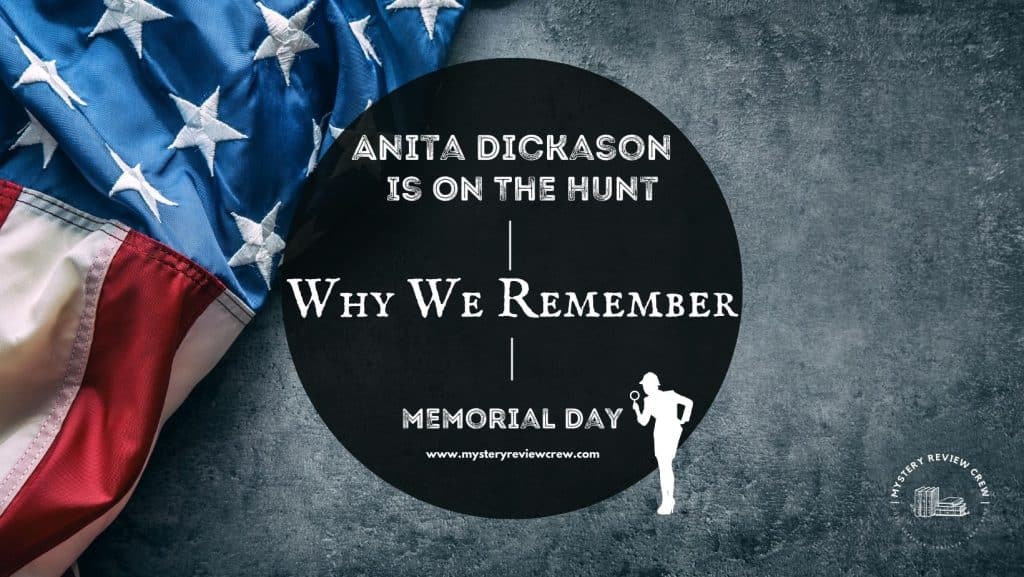

On Memorial Day, we honor and remember those who have given their lives for the freedoms we take for granted. American flags, a symbol of their sacrifice, will fly at cemeteries, national, state, and local memorial events, during parades and sporting events. A song will reverberate across the nation. The inspiration behind the words is as heart-stirring as are the words.

In September of 1814, the War of 1812 raged on. British troops had burned Washington, destroying the Capitol building, the President’s mansion, and many other buildings. With Washington in ruins, the British turned their sights toward Baltimore. The British considered Baltimore a significant target as it was a prosperous port city. American forces had been preparing for such an attack for over a year. The heart of their defense was Fort McHenry, guarding the inner harbor on the Patapsco River.
While British soldiers moved into place, British naval forces gathered in Chesapeake Bay for a joint attack by land and sea. Another story began to play out.
Some accounts say American soldiers captured by the British were imprisoned in the bowels of the British warships. Others claim it was one man, a civilian doctor. What is known is that a Washington attorney and poet, Francis Scott Key, was asked to contact the British and negotiate a release.
On September 7, 1814, Francis Scott Key sailed under a safe-conduct flag to the mouth of the Potomac River where the British command warship was located. Even though Key was successful in negotiating the release of the prisoner(s), he was not allowed to leave. While on board the British warship, he had learned of the imminent attack on Fort McHenry. Unable to warn the American forces, all he could do was watch from the deck of his ship.
“At 6:30 AM on September 13, 1814, Admiral Cochrane’s ships began a 25-hour bombardment of the fort. Rockets whistled through the air and burst into flame wherever they struck. Mortars fired 10- and 13-inch bombshells that exploded overhead in showers of fiery shrapnel. Major Armistead, commander of Fort McHenry and its defending force of one thousand troops, ordered his men to return fire, but their guns couldn’t reach the enemy’s ships. When British ships advanced on the afternoon of the 13th, however, American gunners badly damaged them, forcing them to pull back out of range. All through the night, Armistead’s men continued to hold the fort, refusing to surrender. That night, British attempts at a diversionary attack also failed, and by dawn they had given up hope of taking the city. At 7:30 on the morning of September 14, Admiral Cochrane called an end to the bombardment, and the British fleet withdrew.”
https://www.si.edu/spotlight/flag-day/banner-facts
Throughout the night, in heavy rain, Francis Scott Key watched as the British fire pounded the fort. Ultimately the British warships would fire over 1500 cannon balls, shells, and rockets. Key’s only clue as to whether the American forces had been defeated was the American flag flying over the fort. If the flag disappeared or had been replaced with a British flag, it would mean that the British had captured the fort. In the flashes of the cannon rounds, Key caught glimpses of the American flag.
As morning dawned, the fort still stood. The American flag was still there, tattered and torn but still flying. One version of the story states that soldiers held the flag in place. As one fell, another replaced the fallen soldier.
The Americans had won the day. The British were defeated. The battle of Fort McHenry was the turning point in the war.
Francis Scott Key was so moved by what he had seen he wrote a poem, called “The Defense of McHenry,” that eventually was set to music and became our National Anthem. As you read Francis Scott Key’s words written over 200 years ago, envision the horrific battle that inspired them. Envision what Francis Scott Key saw.

O say can you see, by the dawn’s early light,
What so proudly we hail’d at the twilight’s last gleaming,
Whose broad stripes and bright stars through the perilous fight
O’er the ramparts we watch’d were so gallantly streaming?
And the rocket’s red glare, the bombs bursting in air,
Gave proof through the night that our flag was still there,
O say does that star-spangled banner yet wave
O’er the land of the free and the home of the brave?
The flag is our visual symbol of freedom and liberty.
Francis Scott Key’s words are the sound.
The flag immortalized in Francis Scott Key’s poem as the “Star-Spangled Banner” is displayed at the Smithsonian National Museum of American History. It is one of two flags, a storm flag and garrison flag, commissioned in 1813 by Major George Armistead, commander of Fort McHenry. Due to the bad weather, when the British launched their attack the smaller one, the storm flag, was used. When the British finally admitted defeat, the 30” by 42” garrison flag was raised. It is this flag which is on display.
This is a link to a very moving narrative of the story of Francis Scott Key and the poem that was destined to become our National Anthem.
I’m always “On The Hunt” for new stories. If you have a question or a comment, please let me know.
Anita Dickason





